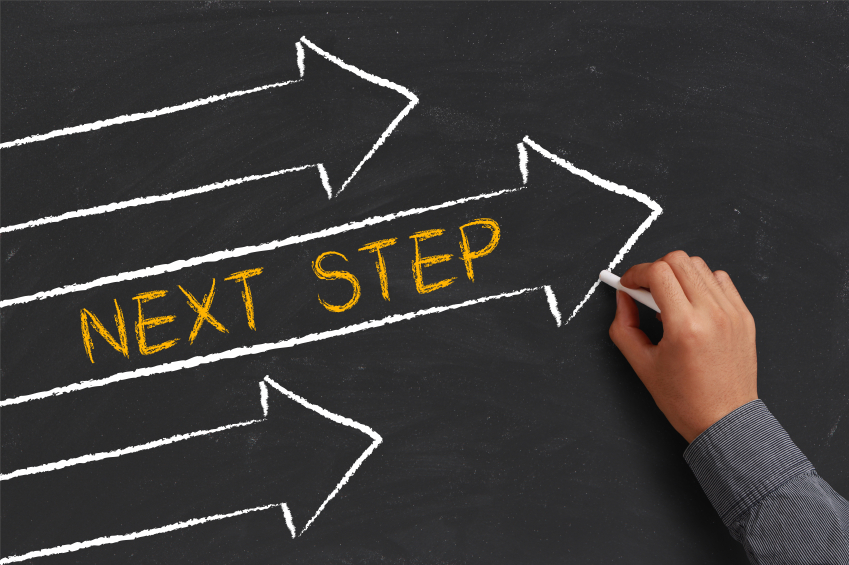3 Key Startup Stages That Most Entrepreneurs Miss Out
Startup launch fails because most entrepreneurs feel they have an answer in mind. They’re trying to solve or clear up an issue.
Instead of constructing an answer for the customer, they intend looking for clients to make use of their solution. The consequence of this inverse startup launch strategy is lethal no matter the business model.
Actually, according to Reviewnetgato highest causes for startup failure are associated to patrons whether or not it’s lack of market want, ignoring customers or constructing the wrong product.
Each one of the many three key steps below that I researched and discovered most entrepreneurs miss. When launching a startup. Is related to getting the customer or potential person concerned at every stage of the business. Including what is known as the idea stage.
Below are the key steps most startup fail to launch, see to know if you are missing any:
1. Fixing a problem earlier than constructing a scalable product
When entrepreneurs have a concept, it’s often about a product that will doubtlessly solve a problem. We’ve all loved brainstorming the Uber for X, Facebook for Y and Craigslist for Z.
This is the primary mistake founders make because it pushes them into thinking where their product might fit. Instead of focusing on customer’s biggest challenges and the potential options that may tackle these wants.
The best way to confirm if the proposed solution, even if approached incorrectly without speaking customers, is viable and indeed solves the identified problem is by solving the problem before constructing a scalable product.
This exercise forces the entrepreneurs to rigorously analysis customers’ problems and interact with key stakeholders as it requires physically serving the user.
For instance an entrepreneur could really feel like building app for food delivery is the first stage in launching the startup for users to buy and order food.
Instead of constructing the app. The entrepreneur is better off solving the problem by taking and delivering the food orders manually. To get an opportunity to interact with the caller, gather feedback and ascertain if there’s a problem worth solving to begin with.
Whereas many entrepreneurs hesitate to randomly schedule customers interviews. Whereas often such interviews provide “what if” insight. Doing a transaction with the customer is realistic and thrilling in conducting buyer discovery and validation interviews.
2. Verifying that a scalable product will remedy a problem
Delaying product development and instead of successfully getting hands dirty to solve customer’s problem before constructing a product. Doesn’t assure that the product whether or not it is an online, mobile app, hardware will address their needs at scale.
This is where a minimum viable product (MVP) is crucial. One other mistake founders make is rush into product development soon after validating a product and a customer by way of step one above.
This represents a risk as there is a significant difference in user experience between a handbook supply of the worth proposition and a fully tech enabled solution.
To mitigate this risk, entrepreneurs are better off launching a smaller version of this future advance product.
Nowadays, anyone with any background can collectively put up a product that may seem like a one million dollar platform on the outside, but with very primary capabilities.
Those product that are usually built with no code tools, and minor customization are OK to make use of at this stage so long they get customers job done.
The objective from those two stages is to collect as much quantitative and qualitative suggestions as attainable in order that by the next stage, there is a clear direction with higher success predictability.
Within the instance above, an app may be created to allow users to browse, order and pay for food. No sophisticated dashboards or algorithms are necessary at this point.
3. Selling since day one
Every hardware and software startup product is marketable since day one even with just a speculations. Pre-selling a product is one key step in startup launch journey that most entrepreneurs skip. The customer is the most valuable funding channel and early sales signal validation and potential.
Step one above will eventually result in gross sales as it involves serving the customer. Skipping that first step can have costly penalties later.
The necessary determinant of gross sales within the early stages of a startup is relationship building with the customer or potential user.
Early on, leads will usually commit not because the product will change their lives, but because they trust the founders to create a product they need.
Therefor they are investing in the founders but if they don’t know them well enough, they won’t bother contributing to the release of the solution. And 20% offer. Some may argue that this distribution hold true for established companies too.
Therefore, take every opportunity to connect with leads and strangers. You never know the insight and outcomes that may come out of those meetings in the short and long run.
It can feel like the early stage of a startup are easy to follow because for many, most of the variables are internal and controllable like building an app or hiring a team.
In reality, when it comes to products and customers, the only thing that’s under entrepreneurs’ control in the beginning is the first hypothesis they make based on experience and qualitative research.
The rest should come from interacting with the customer.


